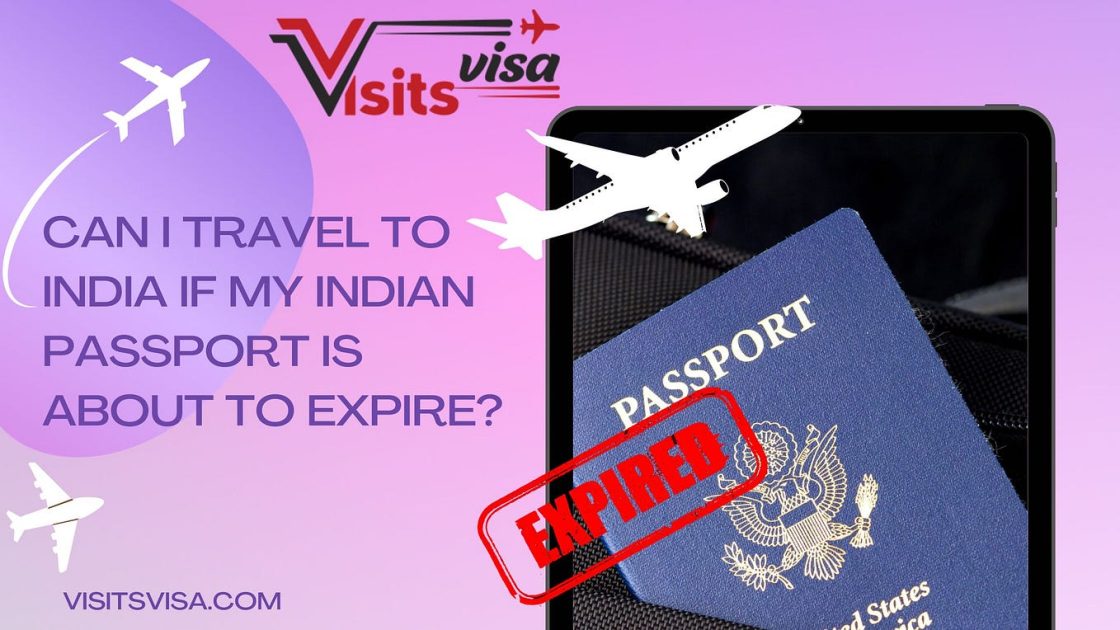A Comprehensive Guide to Indian Visa Requirements

India, a land of rich cultural heritage, stunning landscapes, and vibrant traditions, is a top destination for travelers worldwide. If you’re planning a visit, understanding the visa requirements is crucial for a hassle-free journey. This guide will walk you through the essential steps, including the INDIA SUVIDHA SELF DECLARATION FORM and the INDIAN VISA ON ARRIVAL process, ensuring you are well-prepared for your Indian adventure.
Understanding the Indian Visa System
India offers several visa types, each catering to different purposes such as tourism, business, medical treatment, and more. The most common types are the Tourist Visa, Business Visa, Medical Visa, and Conference Visa. Depending on your nationality, the application process can vary, and it is essential to select the right visa category for your trip.
The Tourist Visa
The Tourist Visa is the most sought-after visa type for visitors planning to explore India’s diverse attractions. It is typically valid for six months, allowing multiple entries. However, some countries have the option of a five-year or even a ten-year visa. The application process involves filling out an online form, submitting necessary documents, and attending a visa interview if required.
Business Visa
For those visiting India for business purposes, the Business Visa is the appropriate choice. This visa allows multiple entries and is usually valid for one year or more, depending on the applicant’s needs. Applicants must provide a letter from their employer and an invitation from the Indian company they intend to collaborate with.
Medical Visa
India is renowned for its medical tourism, offering world-class treatment at affordable prices. The Medical Visa is designed for patients seeking medical care in India. This visa requires a letter from the medical institution in India and is usually valid for the duration of the treatment.
Conference Visa
Attendees of international conferences in India need a Conference Visa. This visa is short-term, generally valid for the conference’s duration. Applicants must provide an invitation from the conference organizers and other relevant documents.
The E-Visa System
India has simplified its visa application process through the introduction of the e-Visa system. The e-Visa is available for nationals of over 160 countries and can be applied for online. There are three categories of e-Visas: e-Tourist Visa, e-Business Visa, and e-Medical Visa. The e-Visa is valid for 60 days and allows two entries into India.
How to Apply for an E-Visa
- Online Application: Visit the official Indian visa website and fill out the application form with accurate details.
- Upload Documents: Upload a recent passport-sized photograph and a copy of your passport’s bio page.
- Payment: Pay the visa fee online using a credit or debit card.
- Receive ETA: Once the application is processed, you will receive an Electronic Travel Authorization (ETA) via email.
- Travel to India: Print the ETA and present it at the immigration checkpoint upon arrival in India.
India Suvidha Self Declaration Form
Amid the ongoing global health situation, India has introduced the INDIA SUVIDHA SELF DECLARATION FORM. This form is mandatory for all international travelers to ensure the safety and well-being of everyone. The form requires travelers to declare their health status, recent travel history, and contact details. Completing this form is essential before boarding your flight to India. For more information and to fill out the form, visit the official INDIA SUVIDHA SELF DECLARATION FORM page.
Indian Visa on Arrival
India offers a INDIAN VISA ON ARRIVAL facility for nationals of certain countries. This visa is available for tourists and business visitors and is valid for 30 days. Travelers must apply for the visa online at least four days before their arrival date. The process involves filling out an online application form, uploading the required documents, and paying the visa fee. Upon approval, you will receive an ETA, which you must present at the immigration checkpoint in India. For detailed information on the Visa on Arrival process, visit the INDIAN VISA ON ARRIVAL page.
Conclusion
Navigating the Indian visa process can seem daunting, but with the right information and preparation, it can be straightforward. Whether you are visiting for tourism, business, medical treatment, or attending a conference, understanding the specific requirements and steps involved will ensure a smooth application process. Don’t forget to complete the INDIA SUVIDHA SELF DECLARATION FORM and check if you are eligible for the INDIAN VISA ON ARRIVAL to make your journey even more convenient. With your visa in hand, you are ready to embark on an unforgettable adventure in the incredible land of India.




